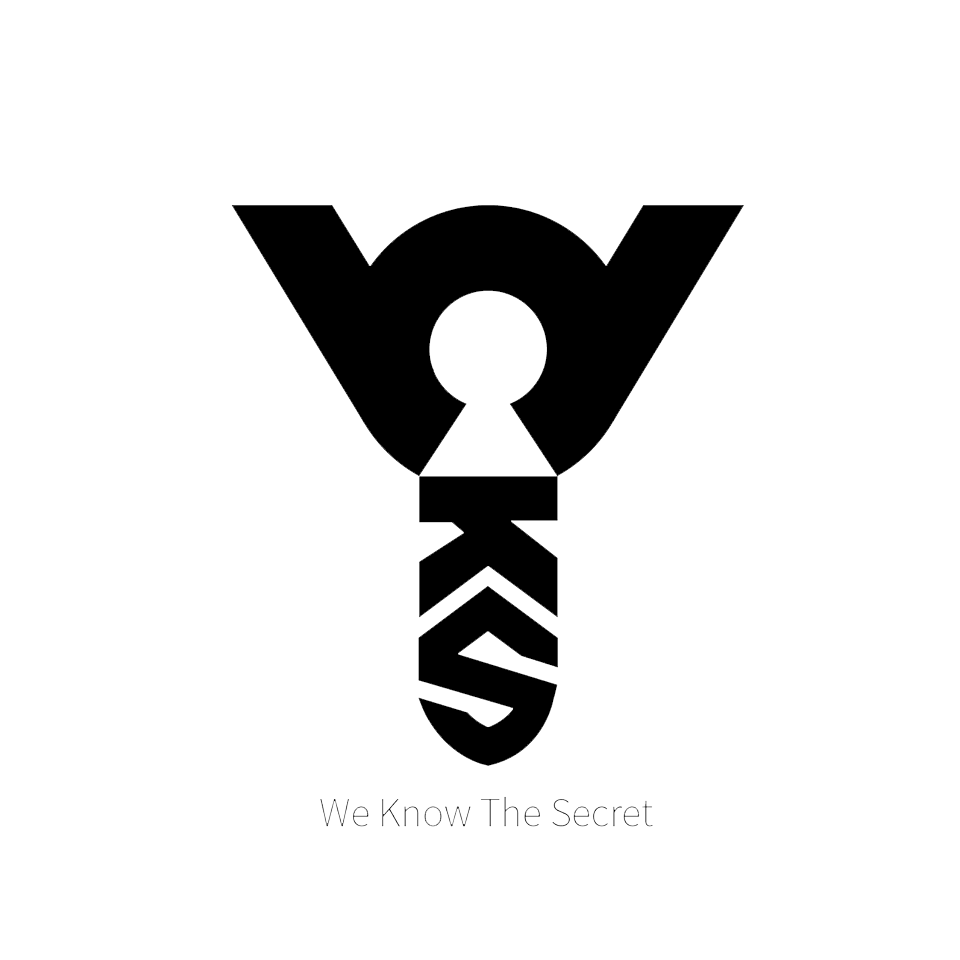
In the current music industry, having talent is crucial, but it’s your brand that often creates the initial impact. As an independent artist, creating a unique visual and musical identity is not just about being different; it’s about establishing a deeper connection with your audience. Here are some ways to develop a brand that truly connects with your audience and stands the test of time.
Tips for creating a visual and musical identity:
- Understand Your Artistry
- Develop Your Visual Identity
- Craft Your Musical Signature
- Engage Through Storytelling
- Embrace Digital Platforms
- Consistency Is Key
- Network and Collaborate
- Analyze and Adapt

To establish a brand, it is crucial to have a clear understanding of what you represent. Identifying your values and determining the message you wish to communicate through your music is key. Your brand should be a reflection of your artistry, rather than a distinct entity.
Define Your Core Message: What are the themes or stories that your music consistently explores?
Identify Your Musical Influences: These can help shape your sound and how you present it to the world.

Your Visual Identities are visual creatures, and your visual identity can have a massive impact on how people perceive your music.
Logo Design: Creating a memorable logo that represents your music is crucial. It is recommended to hire a professional graphic designer to design a logo that can be used consistently across all platforms. A well-designed logo will help establish your brand and make it easily recognizable to your audience.
Album Artwork: Your album artwork is a crucial part of your brand image and often the first thing people will see. It is important to ensure that your artwork aligns with your music and overall aesthetic. Your artwork should accurately represent your music and capture the attention of potential listeners. A well-designed album cover can help establish your brand and make it easily recognizable to your audience.
Photography: Invest in professional photography that accurately reflects your brand’s image. Consistency in style and quality is key to establishing a recognizable brand.
Merchandise: Your merchandise should represent your brand well, be of high quality, and make your fans proud to wear and own it.

Your sound is your signature. It should be as unique as your visual identity.
Signature Sound: whether it’s an instrument, vocal style, or production technique that sets you apart.
Genre Fusion: Don’t be afraid to mix genres to create something new. This can become a part of your unique selling proposition.
People love stories, and as an independent artist, you have a unique story to tell.
Personal Journey: Share your journey through your lyrics, social media, and interviews.
Share behind-the-scenes content: to provide your fans with a sneak peek into your creative process, rehearsals, and daily life.

In this digital age, an online presence is non-negotiable.
Website: Create a professional website to centralize all information about you and your music.
social media: Select social media platforms that align with your target audience and use them to create a community around your music.
Content Strategy: Develop a content strategy by planning and releasing regular content to keep your audience engaged. This can include music videos, blog posts, live streams, and more.
when it comes to your brand, Ensure that your visuals and tone are consistent across all touchpoints by using the same color schemes, fonts, and style of communication. Additionally, it’s important to be consistent with your release schedule. By sticking to a regular schedule, you can keep your audience engaged and build anticipation for your next move.

Building a brand is more than just self-promotion. It’s also about the company you keep.
Collaborations: Collaborate with other artists, producers, and creators who can complement your brand and introduce you to new audiences. Additionally.
Industry Relationships: it’s important to build relationships with industry professionals such as DJs, bloggers, and playlist curators, as they can help you gain exposure and expand your reach.
Finally, keep track of how your brand is being received.
Feedback: Listen to your audience. What do they love about your brand, and what could be improved?
Analytics: Use data from your website and social media to understand your audience better and tailor your strategy accordingly.


